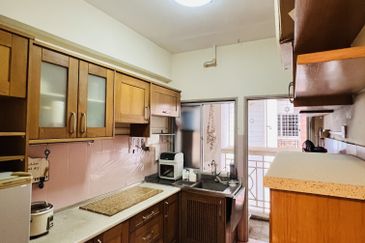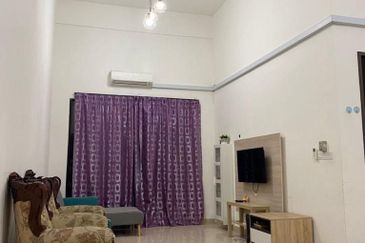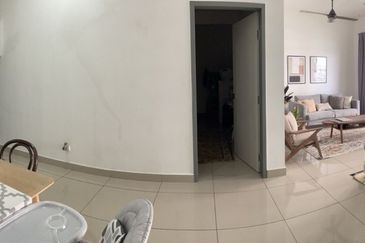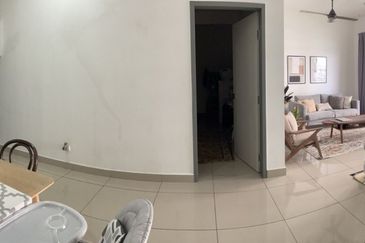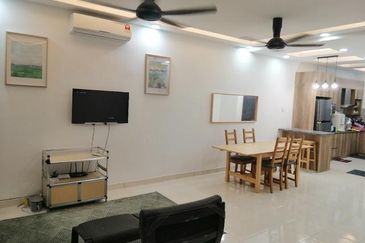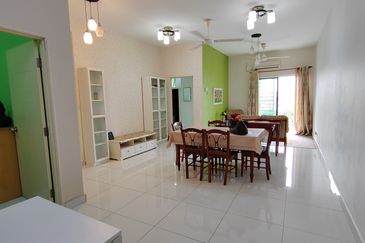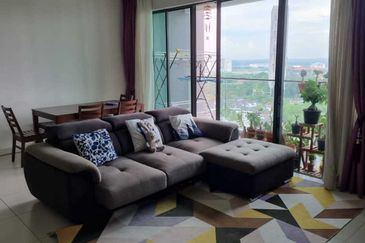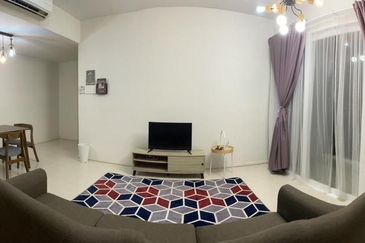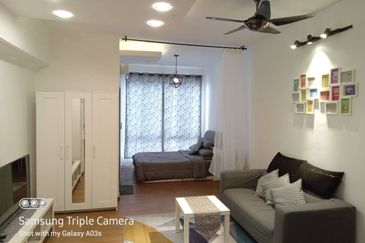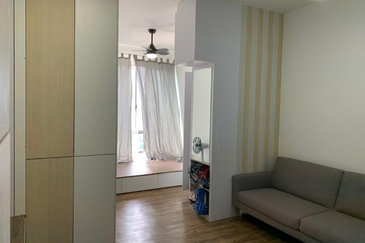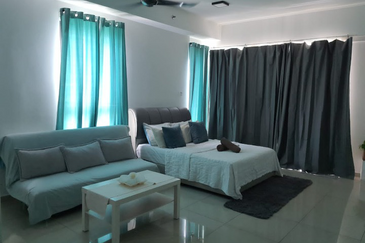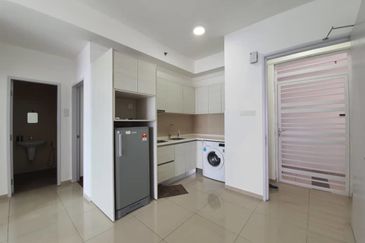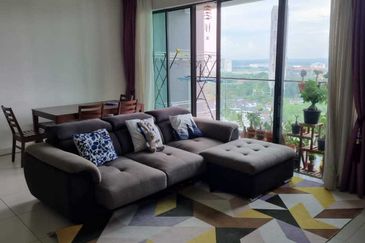
KUALA LUMPUR (April 4): Banks and other financing institutions should look at non-linear data to better respond to the financing needs of low-income customers.
Urbanmetry Sdn Bhd founder/chief executive officer Koh Cha-Ly said access to non-conventional data would better help firms understand consumer consumption habits and the latest market trends.
The property market database provider, according to its website, uses big data analytics to extract market trends and patterns for real estate from city data using artificial intelligence and proprietary algorithms.
Koh said it is important for banks and other financing institutions to look at mortgage portfolios and risk in a dynamic way, compared with the standard view that would lead to those without means being locked out of financing.
“I think as how people assume that the poor won’t pay, please do not assume the rich will pay either. There was no [comprehensive] data before, no risk data or history of payment patterns,” she said.
She was speaking at a panel discussion during the two-day “Constructing and Financing Affordable Housing across Asia Conference” conference jointly organised by Cagamas Bhd and the World Bank Group yesterday.
Koh said with the use of big data now, property developers would also be able to gauge market movements from the early stages of land acquisition up until product launches, which is useful as absorption rates in each market differ.
“Property developers work with us and look to us to provide data for due diligence activities before they launch their properties to reduce their risks.
“Even for affordable housing, people are choosing where they live based on where they work. Property developers can no longer — even in a mature middle-income country like ours — think they can build [anywhere] and expect buyers,” she said.
This article first appeared in The Edge Financial Daily, on April 4, 2019.
TOP PICKS BY EDGEPROP
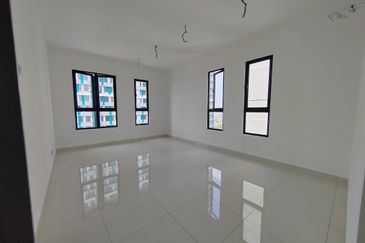
Trio by Setia
Bandar Botanic/Bandar Bukit Tinggi, Selangor
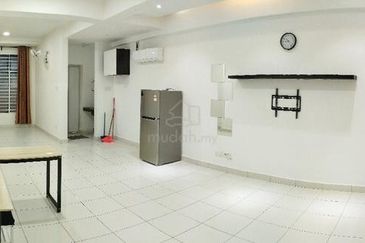
Alam Sanjung Serviced Apartment
Shah Alam, Selangor


